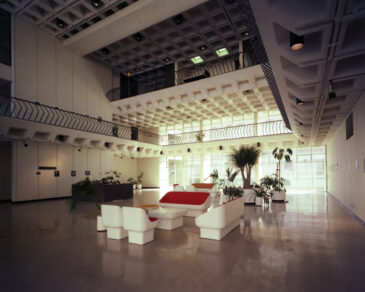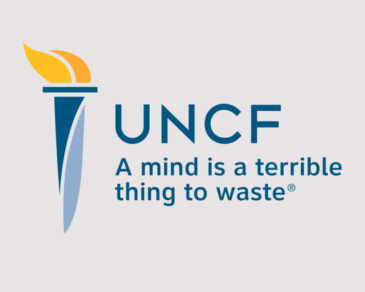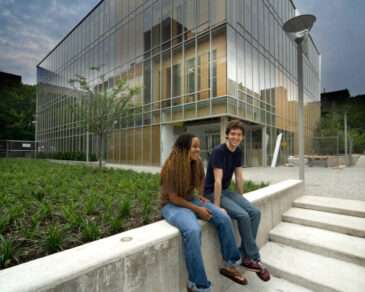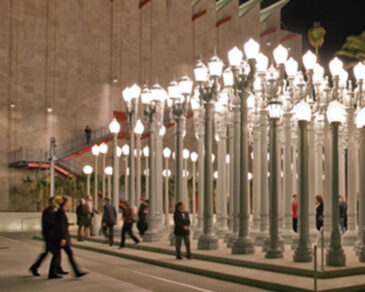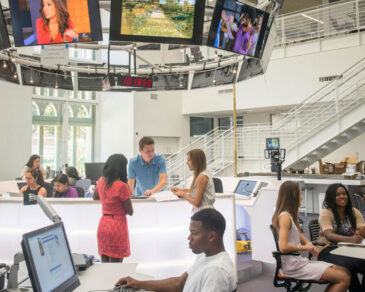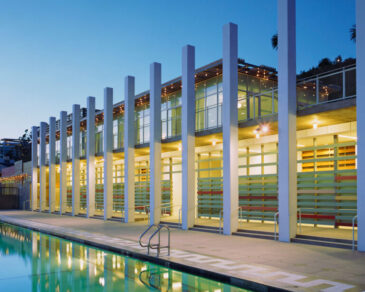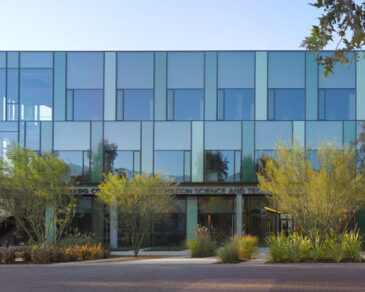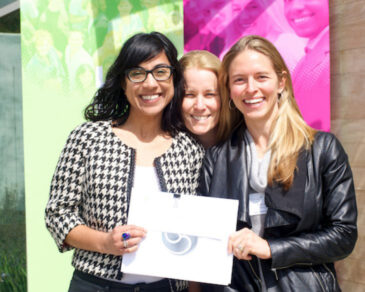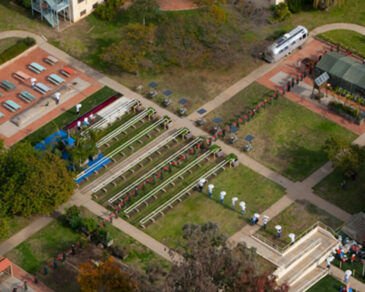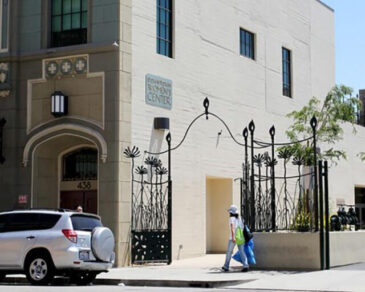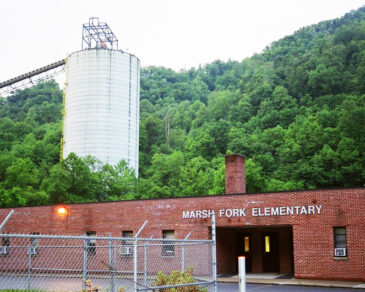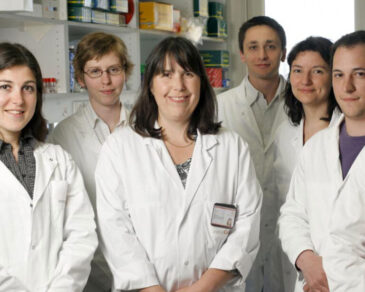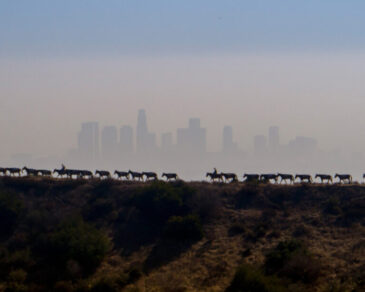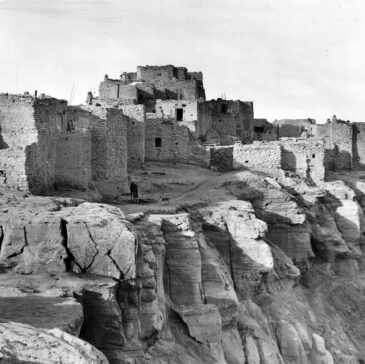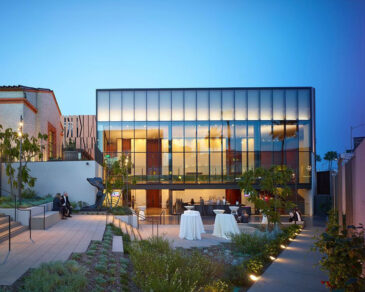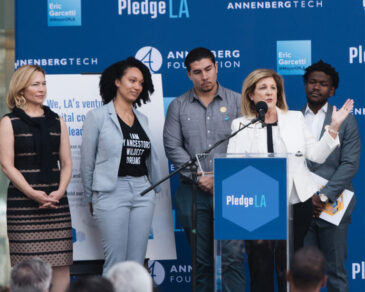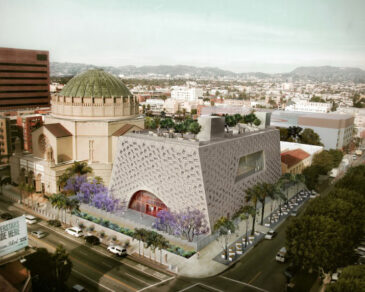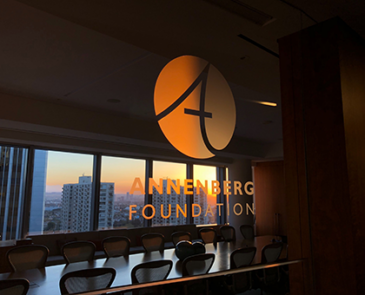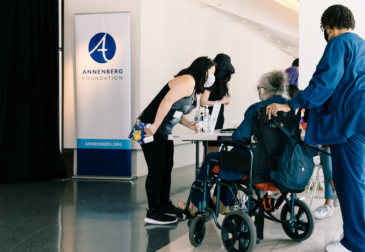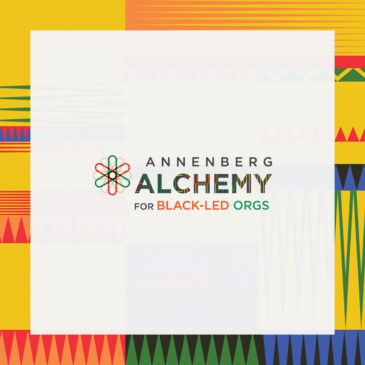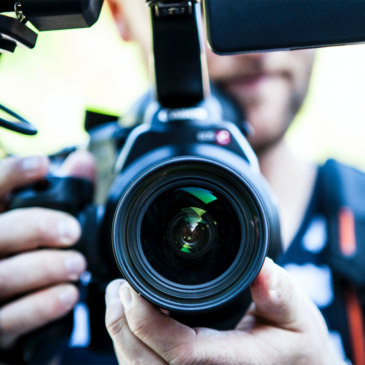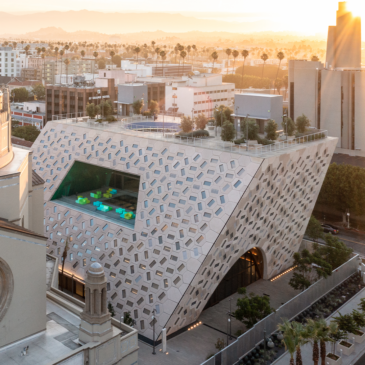The Annenberg Foundation was established in 1989 by Walter H. Annenberg, publisher and owner of major media outlets including Philadelphia Inquirer, TV Guide, Seventeen magazine, and several radio and television stations. The proceeds from the sale of these media holdings formed the Foundation’s endowment.
Walter Annenberg began the family’s long tradition of philanthropy decades earlier with the founding of the Annenberg Schools for Communication at the University of Pennsylvania (1958) and the University of Southern California (1971). His visionary giving included a landmark $500 million investment to improve public education across the United States, a $150 million gift to public broadcasting to create free college-level programming, and $50 million to UNCF, formerly the United Negro College Fund.
Together with his wife, Leonore Annenberg, Walter supported a wide range of cultural and civic causes—from presidential libraries and museums to orchestras, hospitals, and universities. The couple were celebrated art patrons who donated their renowned collection of Impressionist and Post-Impressionist masterpieces to the Metropolitan Museum of Art in New York. Walter also served as U.S. Ambassador to the United Kingdom under President Richard Nixon and received the Alfred I. DuPont Award in 1950.
Following Walter’s passing in 2002, Leonore assumed leadership of the Foundation. She was best known for her philanthropy in education, the arts, and public service, as well as her role as a stateswoman and cultural ambassador. Leonore founded and chaired The Annenberg Foundation Trust at Sunnylands, created to advance education, civics, and international understanding. She was a major supporter of the Philadelphia Museum of Art, Lincoln Center for the Performing Arts, and numerous cultural institutions nationwide. As Chief of Protocol under President Ronald Reagan, she helped elevate diplomacy, cultural exchange, and American art on the world stage.
After Leonore’s death in 2009, the Annenberg Foundation continued under the leadership of Wallis Annenberg and her children Lauren Bon, Gregory Annenberg Weingarten, and Charles Annenberg Weingarten. Under their guidance, the Foundation deepened its focus on community-centered and inclusive philanthropy, investing in innovative projects that bring people together.
Wallis Annenberg’s influence on the arts, education, animal welfare, environmental stewardship, and civic life—especially in Los Angeles—was profound. Her transformative initiatives included the Annenberg Space for Photography, a first-of-its-kind cultural destination celebrating the power of visual storytelling, and the Annenberg Community Beach House in Santa Monica, a free and open-to-the-public cultural and recreational space on the historic Marion Davies Estate. Both projects reflected her belief that philanthropy should be not only generous but generative. In 2024, President Joe Biden awarded Wallis Annenberg the National Humanities Medal in recognition of her transformative contributions across arts, education, conservation, aging, and civic life.
In 2025, following Wallis’s passing, leadership of the Foundation transitioned to Lauren Bon, Gregory Annenberg Weingarten, and Charles Annenberg Weingarten, who are guiding the organization into a new era of creativity and purpose. Lauren, Gregory, and Charles each bring a distinct vision to the Foundation’s work and philanthropy, united by a shared commitment to innovation, community, and compassion. Together, they are reimagining what philanthropy can be—a force for healing, connection, and transformation.

